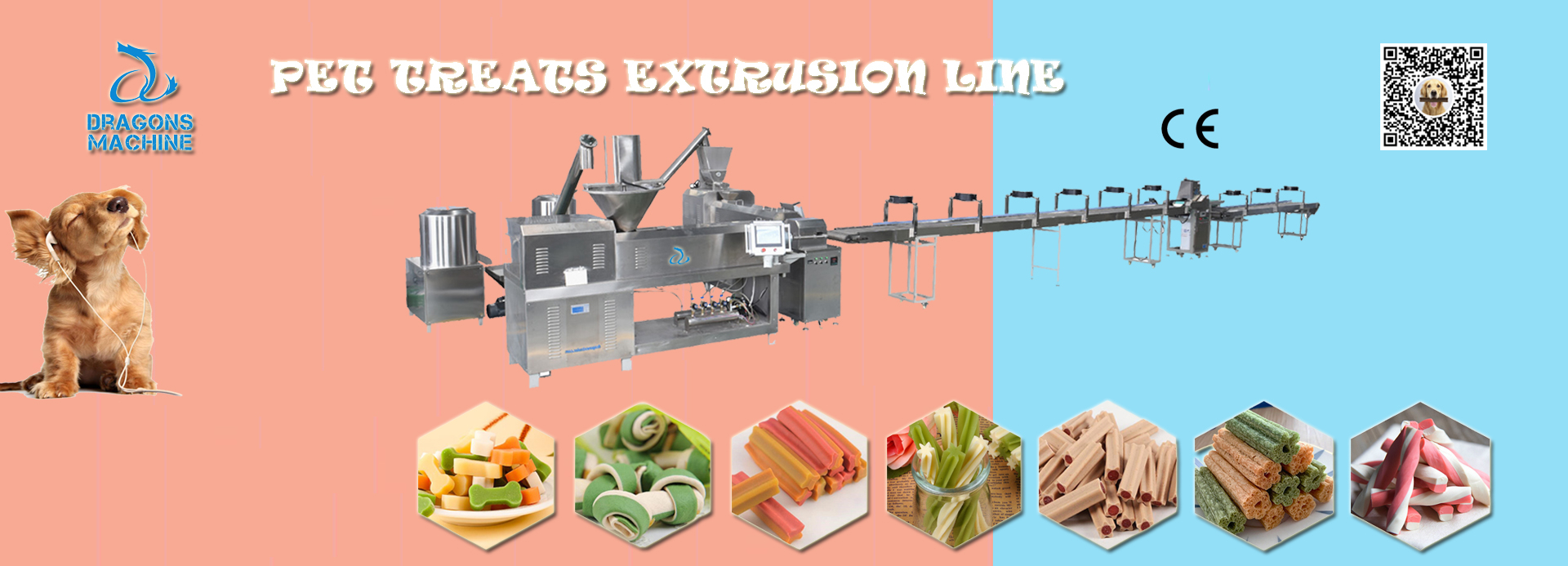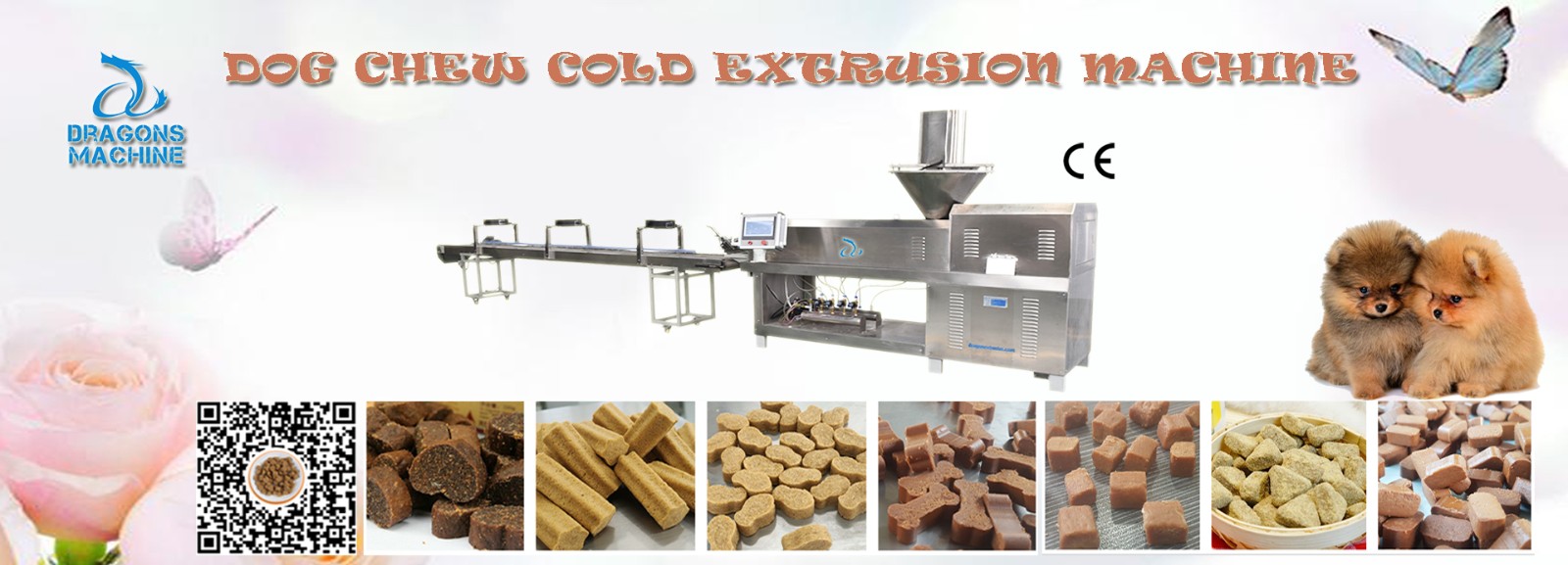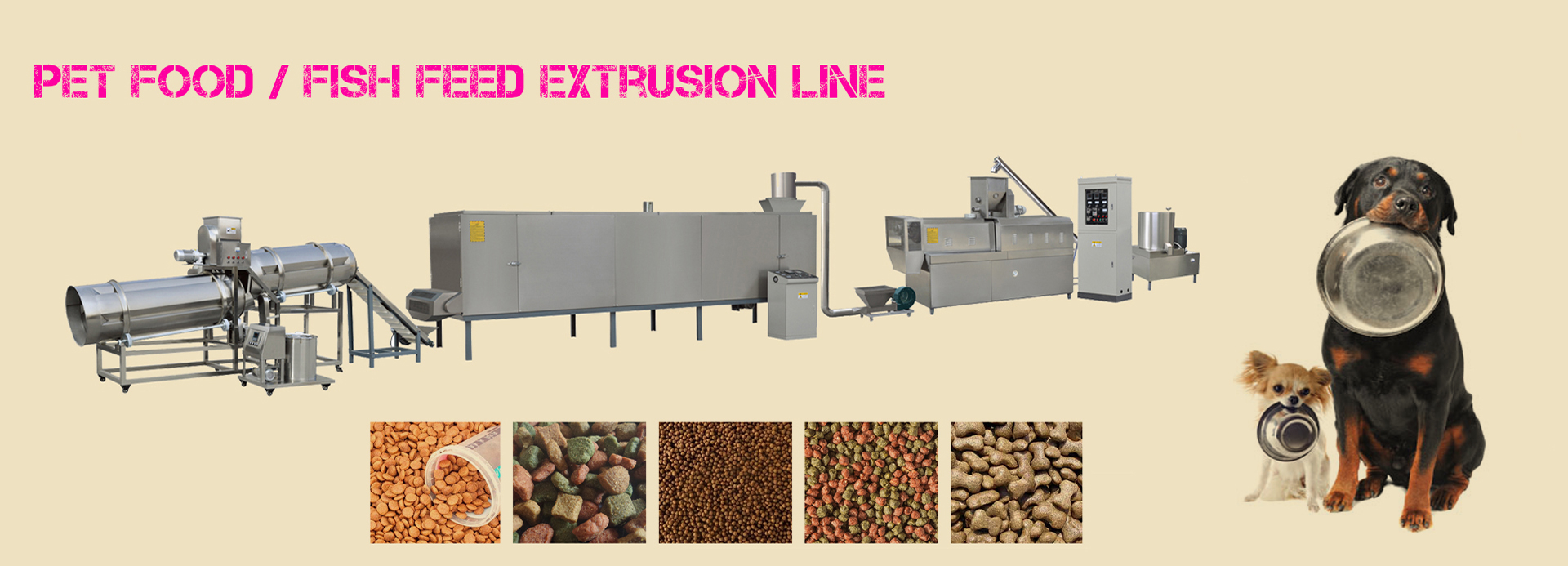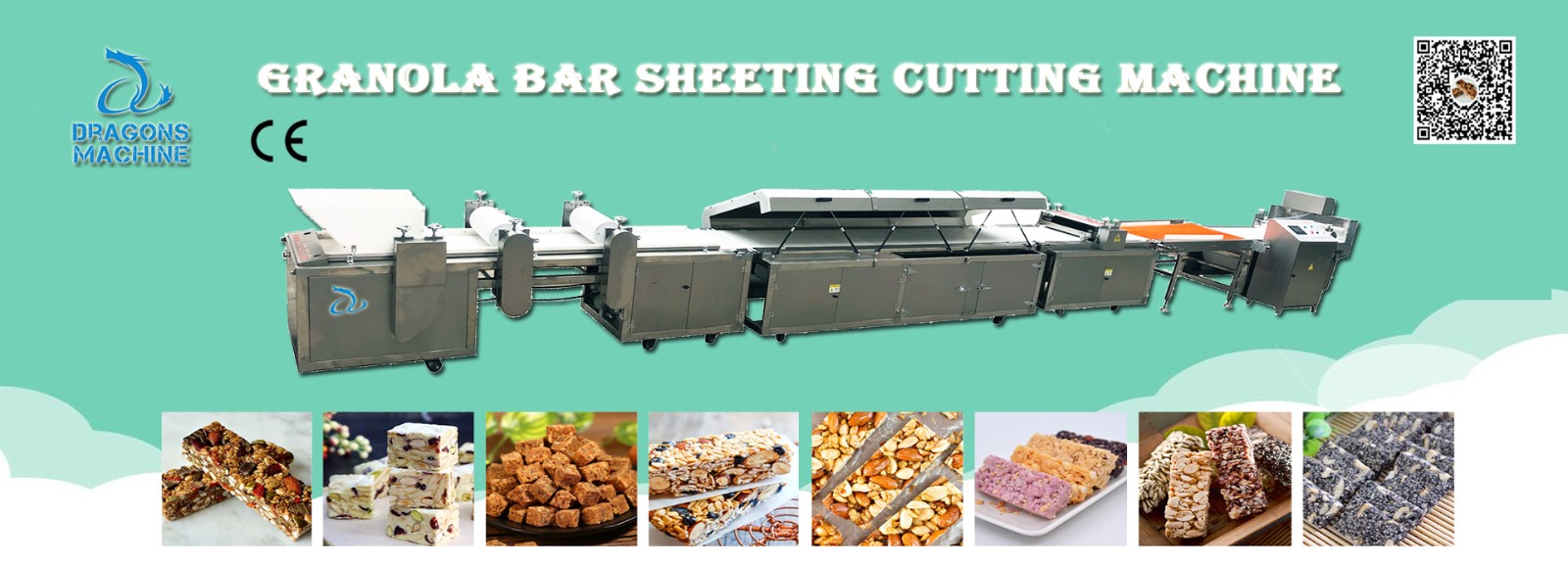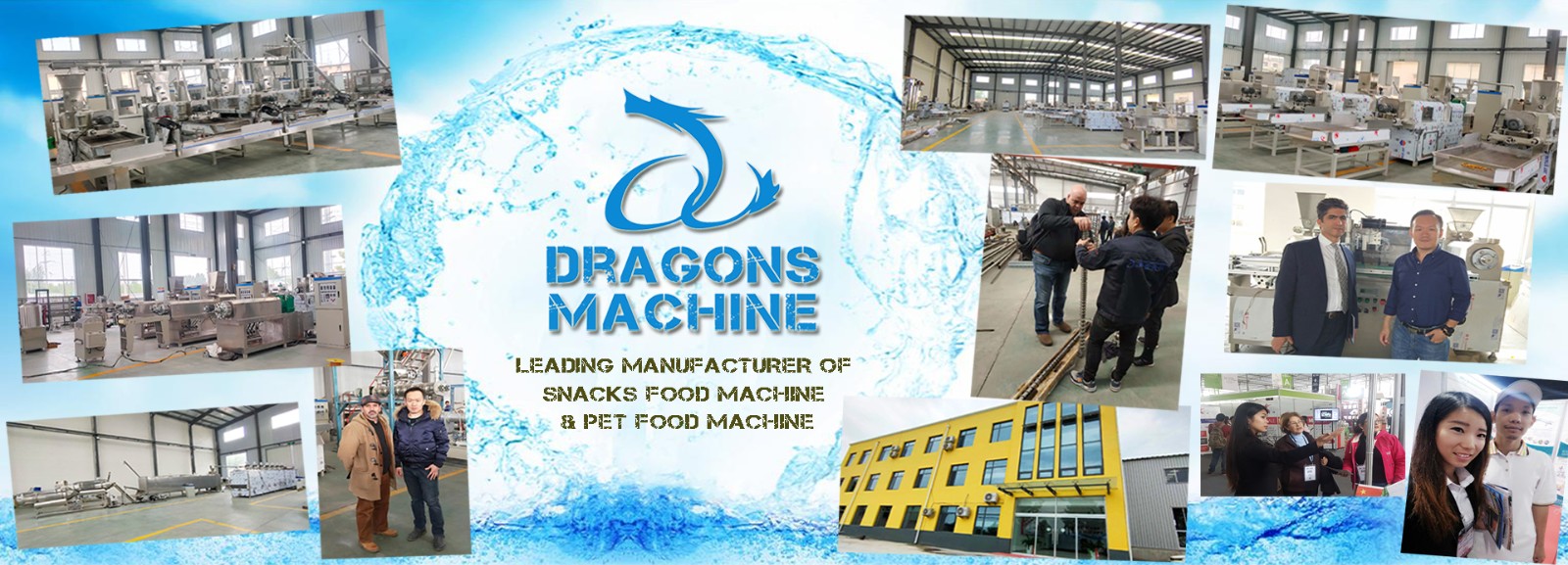The production of high-quality frozen dog food has become an essential aspect of the pet food industry, driven by increasing demand for nutritious and preservative-free pet food options. Advanced freezing dog food machine manufacturing and processing technologies play a critical role in meeting these demands efficiently and effectively.
Introduction to Freezing Dog Food Machines
Freezing dog food machines are specialized equipment designed to produce and preserve high-quality dog food. These machines ensure that the nutritional content of the food is retained while extending its shelf life without the use of artificial preservatives. The process involves several stages, including mixing, shaping, freezing, and packaging, each requiring precise control to maintain the food's quality.
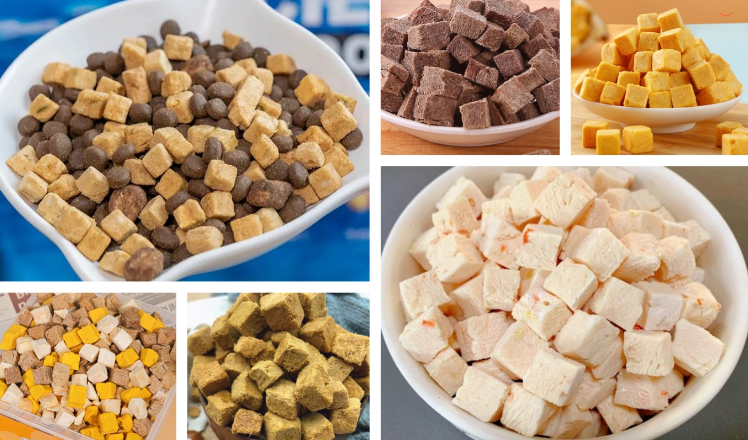
Benefits of Frozen Dog Food
Nutritional Preservation
One of the most significant benefits of using freezing technology in dog food manufacturing is the preservation of nutrients. Freezing helps retain vitamins, minerals, and other essential nutrients, ensuring that the dog food remains healthy and beneficial for pets. This method is superior to traditional preservation techniques, which often involve heat that can degrade the nutritional content of the food.
Extended Shelf Life
Frozen dog food has a much longer shelf life compared to fresh or refrigerated food. By reducing the temperature to levels that inhibit microbial growth, freezing ensures that the food remains safe and edible for extended periods. This advantage is particularly beneficial for suppliers and pet owners, providing convenience and reducing waste.
Elimination of Preservatives
Freezing dog food eliminates the need for chemical preservatives, making it a healthier option for pets. Many pet owners are increasingly concerned about the potential health risks associated with artificial additives and preservatives. Frozen dog food offers a natural and safe alternative that aligns with the growing trend towards clean and natural pet food products.
Manufacturing Process of Freezing Dog Food
Ingredient Selection and Mixing
The manufacturing process begins with the careful selection of high-quality ingredients. These ingredients are then mixed in precise proportions to create a balanced and nutritious dog food formula. The mixing process must be thorough to ensure uniform distribution of nutrients and flavors.
Shaping and Forming
Once the ingredients are mixed, the mixture is shaped into specific forms suitable for freezing. This step often involves extrusion, where the mixture is forced through a die to create shapes such as kibbles, patties, or nuggets. The shaping process is crucial for ensuring that the final product is consistent and appealing to both pets and their owners.
Freezing
The shaped dog food is then subjected to rapid freezing using specialized freezing equipment. This step is critical for preserving the nutritional content and preventing the growth of harmful microorganisms. Rapid freezing helps in maintaining the texture and flavor of the dog food, ensuring that it remains palatable and nutritious.
Packaging
After freezing, the dog food is packaged in airtight containers to prevent contamination and freezer burn. Packaging materials are chosen to provide an effective barrier against moisture and oxygen, further extending the shelf life of the product. Proper packaging is essential for maintaining the quality and safety of the frozen dog food until it reaches the end consumer.
Technological Innovations in Freezing Dog Food Machines
Advanced Freezing Techniques
Modern freezing dog food machines utilize advanced freezing techniques such as blast freezing and cryogenic freezing. These methods ensure rapid and uniform freezing, which is essential for preserving the texture, flavor, and nutritional content of the dog food. Advanced freezing techniques also help in reducing energy consumption and improving the overall efficiency of the manufacturing process.
Automation and Control Systems
The integration of automation and control systems in freezing dog food machines has revolutionized the manufacturing process. Automated systems ensure precise control over temperature, mixing, shaping, and packaging, reducing the likelihood of human error. These systems also enhance productivity and consistency, allowing manufacturers to meet the high demand for frozen dog food products.
Energy Efficiency
Energy efficiency is a key consideration in the design and operation of freezing dog food machines. Manufacturers are increasingly adopting energy-efficient technologies to reduce operational costs and minimize the environmental impact of the production process. Innovations such as variable frequency drives, heat recovery systems, and optimized insulation help in achieving significant energy savings.
Quality Control and Safety Measures
Hygiene and Sanitation
Maintaining high standards of hygiene and sanitation is crucial in the production of frozen dog food. Pet food freeze drying machine are designed with features that facilitate easy cleaning and prevent contamination. Regular sanitation protocols are implemented to ensure that the production environment remains clean and safe.
Quality Assurance
Quality assurance is an integral part of the manufacturing process. Regular testing and monitoring of raw materials, in-process products, and finished goods are conducted to ensure that the dog food meets the required standards of quality and safety. These measures help in delivering a product that is not only nutritious but also safe for pets.
Regulatory Compliance
Compliance with regulatory standards is essential for the production and sale of frozen dog food. Manufacturers must adhere to guidelines set by relevant authorities to ensure that the dog food is safe and of high quality. Regular audits and inspections are conducted to verify compliance and address any potential issues promptly.
Conclusion
The manufacturing and processing of frozen dog food involve a combination of advanced technology, stringent quality control measures, and a commitment to producing healthy and nutritious food for pets. By leveraging innovative freezing techniques and automation, manufacturers can meet the growing demand for high-quality frozen dog food products.
















